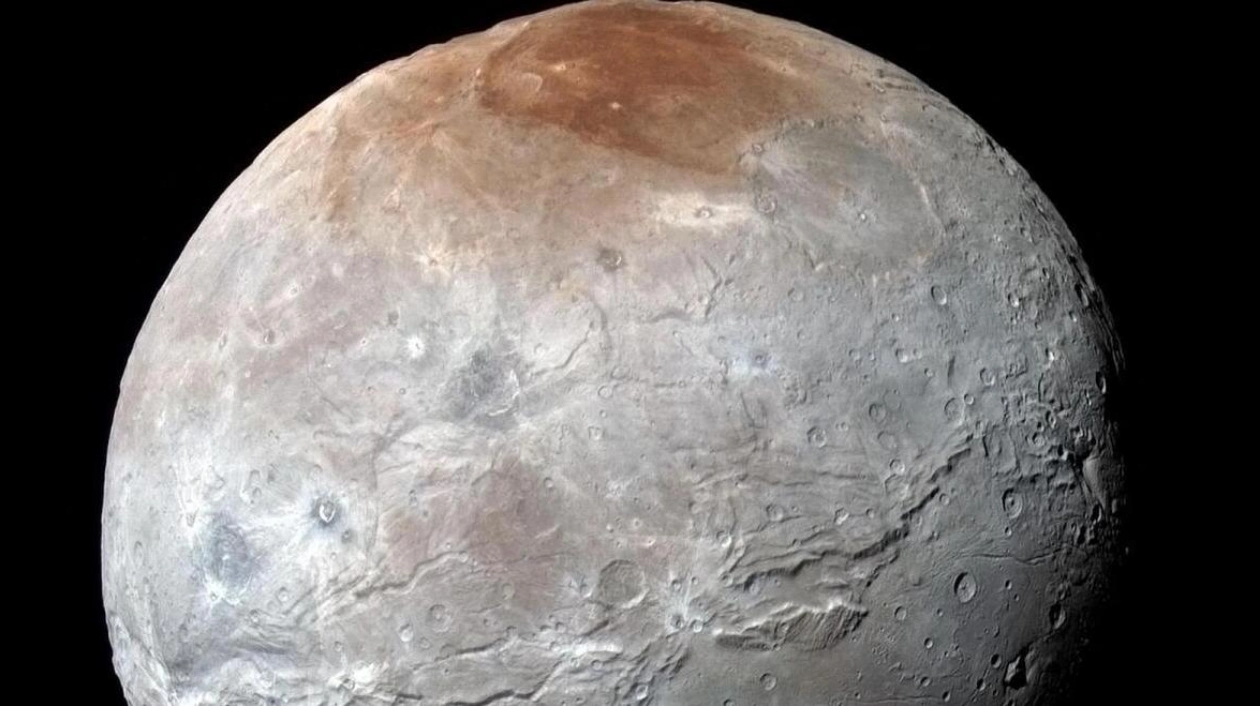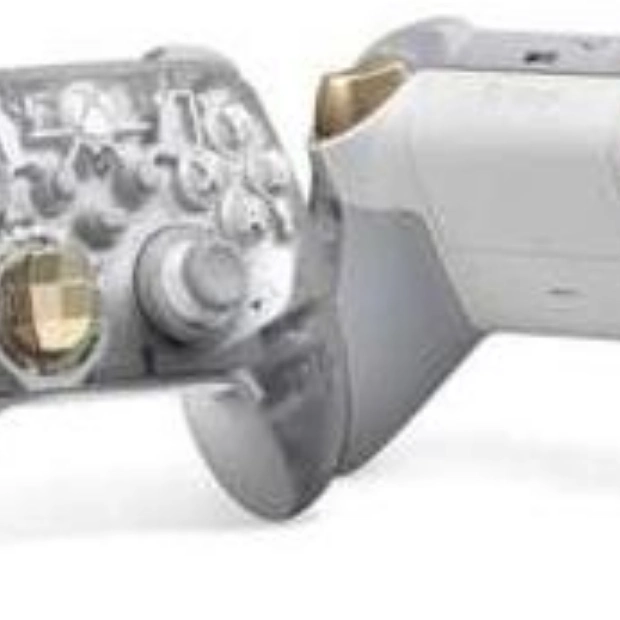Scientists utilizing the James Webb Space Telescope have for the first time detected carbon dioxide on the frozen surface of Charon, Pluto's largest moon, according to research disclosed on Tuesday. The detection of CO2, along with the chemical hydrogen peroxide (H2O2), could provide insights into the icy worlds located in the enigmatic outer regions of our Solar System.
Pluto, once recognized as the ninth planet from the Sun, was reclassified as a dwarf planet in 2006 after similar objects were discovered in the Kuiper Belt beyond Neptune. The doughnut-shaped Kuiper Belt is believed to house millions of icy celestial bodies, which serve as 'time capsules' for understanding the Solar System's formation, according to Silvia Protopapa of the Southwest Research Institute in Colorado.
Charon offers a unique perspective on these worlds as its surface is not obscured by highly volatile ices like methane, unlike other Kuiper Belt objects including Pluto. Protopapa, the lead author of a study in Nature Communications detailing Webb's findings, explained that Charon, roughly the size of France and half the size of Pluto, was first identified in 1978.
When NASA's New Horizons spacecraft flew by Charon in 2015, it revealed that the moon's surface is predominantly covered in water ice and ammonia, which are thought to contribute to its red and grey hues. The spacecraft also indicated that material from beneath the surface occasionally surfaces through craters, suggesting the presence of CO2, a vital gas for life on Earth.
Kuiper Belt objects, including Pluto and Charon, are believed to have formed from the protoplanetary disc, a ring of gas and dust that surrounded the young Sun approximately 4.5 billion years ago. Although New Horizons did not detect CO2 on Charon, the Webb telescope has now resolved this mystery by measuring longer wavelengths of light, enabling deeper exploration.
Hypothetically standing on Charon's surface, one would encounter a mix of water ice and dry ice (solid CO2). More intriguingly, the Webb telescope also identified hydrogen peroxide, suggesting that Charon's icy surface is influenced by ultraviolet light and solar wind from the distant Sun.
The discovery and analysis of these chemicals on Charon represent another 'piece of the puzzle' in the ongoing quest to understand these distant worlds and, by extension, the birth of our Solar System, according to Protopapa.






